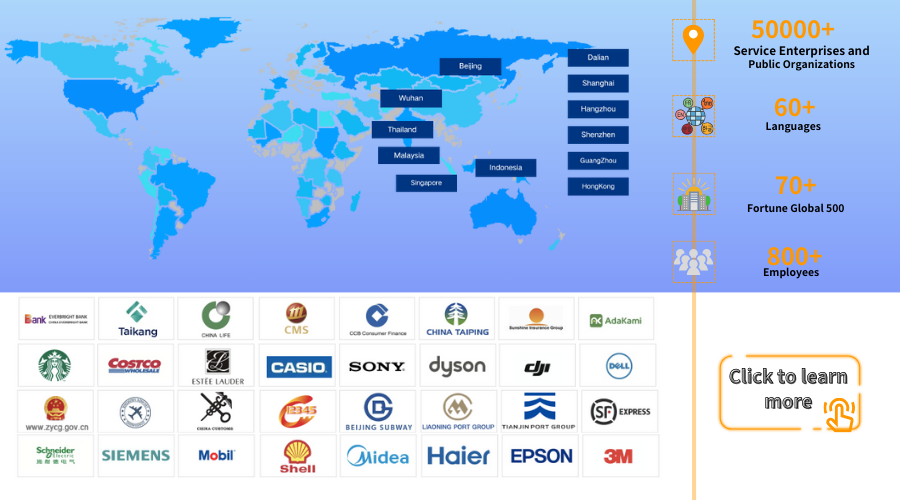Voice Bot vs. Chatbot: Understanding the Differences and Their Significance
Article Summary:In the realm of customer service and communication, voice bots and chatbots have emerged as powerful tools for businesses to engage with their customers. While both technologies employ artificial intelligence (AI) to automate conversations, they differ significantly in their capabilities, applications, and the experiences they offer. Understanding these differences is crucial for businesses seeking to leverage these technologies effectively.
Table of contents for this article
- Defining Voice Bots and Chatbots
- Voice Bots:
- Chatbots:
- Key Differences: Voice Bots vs. Chatbots
- Input and Output Modality:
- Interface:
- Contextual Understanding:
- Applications and Use Cases:
- Why the Difference Matters
- Customer Experience:
- Efficiency and Automation:
- Data Collection and Analysis:
- Personalization and Customization:
- Voice bot or chatbot? Udesk has perfect solutions for both!
In the realm of customer service and communication, voice bots and chatbots have emerged as powerful tools for businesses to engage with their customers. While both technologies employ artificial intelligence (AI) to automate conversations, they differ significantly in their capabilities, applications, and the experiences they offer. Understanding these differences is crucial for businesses seeking to leverage these technologies effectively.
Defining Voice Bots and Chatbots
Voice Bots:
Voice bots, also known as voice assistants, are AI-powered systems that interact with users through voice commands and responses.
They utilize natural language processing (NLP) to understand spoken language and respond in a human-like manner.
Voice bots are commonly integrated into smart devices, smartphones, and customer service platforms.
Chatbots:
Chatbots are AI-driven text-based conversational agents that simulate human-like interactions through written text.
They rely on NLP to interpret user queries, provide information, and resolve customer issues.
Chatbots are typically deployed on websites, messaging platforms, and social media channels.
Key Differences: Voice Bots vs. Chatbots
Input and Output Modality:
Voice bots primarily interact with users through spoken language, while chatbots communicate via text.
Voice bots allow users to engage in natural, hands-free conversations, while chatbots require users to type their queries.
Interface:
Voice bots utilize audio interfaces, such as microphones and speakers, to facilitate communication.
Chatbots employ text-based interfaces, such as chat windows or messaging apps, for interactions.
Contextual Understanding:
Voice bots often have limited contextual understanding due to the ephemeral nature of spoken language.
Chatbots, on the other hand, can maintain context across multiple interactions, improving their ability to understand user intent.
Applications and Use Cases:
Voice bots are commonly used for tasks such as setting alarms, playing music, providing weather updates, and controlling smart home devices.
Chatbots are widely deployed for customer support, answering FAQs, providing product information, and resolving customer issues.
Why the Difference Matters
The distinction between voice bots and chatbots is significant for businesses seeking to implement these technologies. Understanding the unique strengths and limitations of each type is essential for selecting the appropriate solution that aligns with specific business objectives and customer needs.
Customer Experience:
Voice bots offer a more natural and intuitive user experience, particularly for tasks that involve spoken communication.
Chatbots provide a convenient and accessible way for customers to engage with businesses through text-based interactions.
Efficiency and Automation:
Voice bots can handle simple tasks quickly and efficiently, freeing up human agents to focus on more complex inquiries.
hatbots can automate routine customer queries, reducing the workload of customer support teams.
Data Collection and Analysis:
Voice bots can collect valuable data through voice interactions, such as customer preferences and feedback.
Chatbots can gather customer data through text-based conversations, enabling businesses to analyze customer behavior and improve their services.
Personalization and Customization:
Voice bots can personalize interactions by recognizing individual voices and preferences.
Chatbots can tailor conversations based on customer history and preferences, providing a more personalized experience.
Voice bots and chatbots represent distinct technologies with unique capabilities and applications. Voice bots excel in providing natural and hands-free interactions, while chatbots offer convenient text-based communication. Businesses should carefully consider the specific needs of their customers and the nature of their interactions when choosing between these technologies. By leveraging the strengths of each type, businesses can enhance customer engagement, improve efficiency, and deliver exceptional customer experiences.
Voice bot or chatbot? Udesk has perfect solutions for both!
Udesk offers both voice bot and chatbot solutions to cater to different customer preferences and scenarios.
Our voice bot seamlessly integrates with your phone system, enabling customers to interact with a virtual assistant using natural language. On the other hand, our chatbot provides real-time support through text-based conversations, available on your website, mobile app, or social media platforms.
With Udesk, you can elevate your customer service strategy by offering a seamless and consistent experience, regardless of the communication channel.
Take our Voice bot or AI Chatbot for a spin—for free—to see how it can work for your business.
The article is original by Udesk, and when reprinted, the source must be indicated:https://www.udeskglobal.com/blog/voice-bot-vs-chatbot-understanding-the-differences-and-their-significance.html
AI chatbotVoice ChatBotVoicebot

 Customer Service& Support Blog
Customer Service& Support Blog




